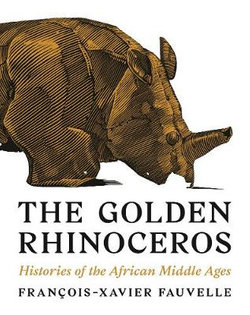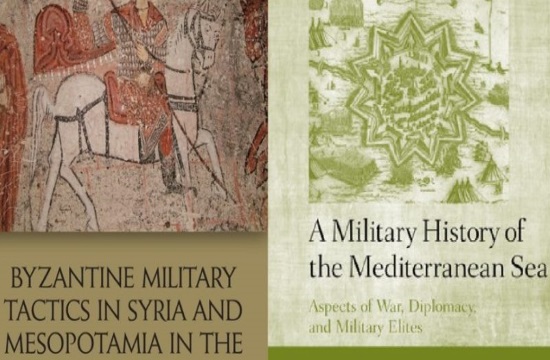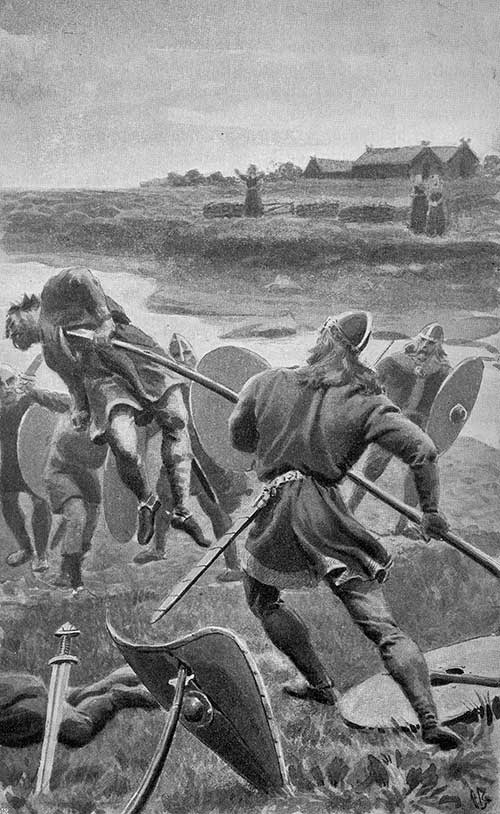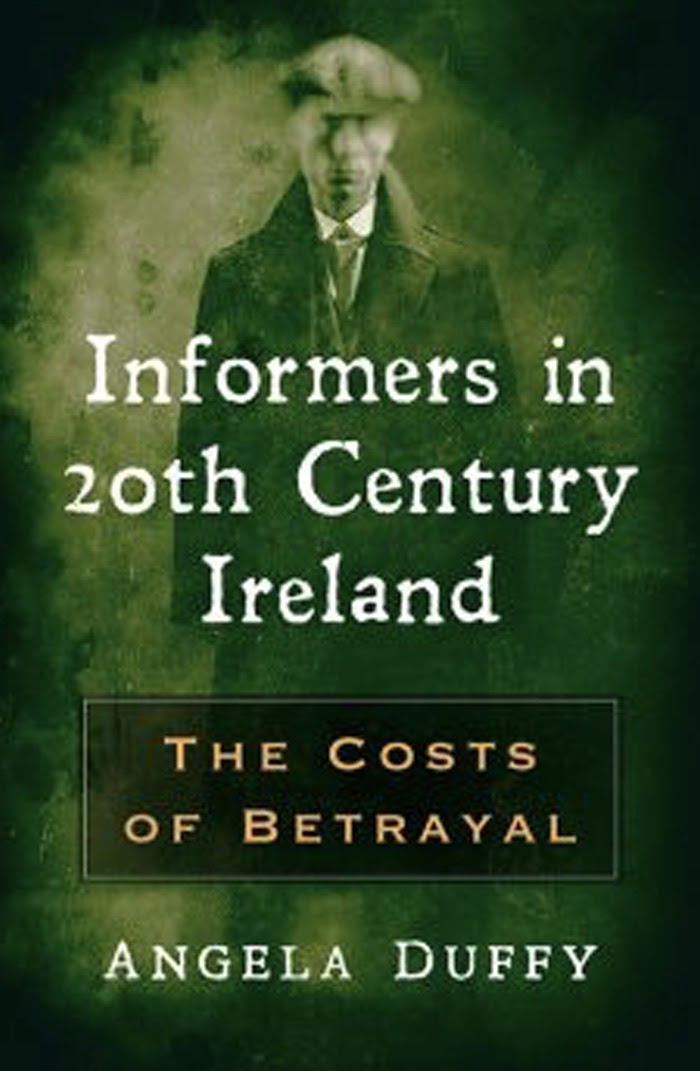When we see Henry through the men in his life, a new perspective on this famous king emerges...
 I am not sure what I was expecting when selecting this book; however, on the basis of the title "... the men who made him" I thought I was getting a new spin of the character of Henry VIII. What I read was nothing new, nothing I could not have read in in number of tomes on this monarch. The only difference here is that there is very little mention of the wives.
I am not sure what I was expecting when selecting this book; however, on the basis of the title "... the men who made him" I thought I was getting a new spin of the character of Henry VIII. What I read was nothing new, nothing I could not have read in in number of tomes on this monarch. The only difference here is that there is very little mention of the wives.
So what was I expecting: I guess a little more on the main figures in Henry's life. We have plenty on Wolsey, Cromwell, Cranmer, Brandon, and even a little on some of the men who served him in various capacities - his "youths of evil counsel". But how much of an influence on Henry were any of them?
We read that Henry's father was aloof, cool, suspicious and that when Henry finally came to rule, was determined to not be like him. We read that his tutor and chaplain John Skelton was "responsible for shaping his spiritual and intellectual upbringing". But did either man "make him"?
From an early age - usually around the time of Arthur's marriage - we get a sense of a young Henry enjoying the spotlight, of wanting to be the centre of attention, of his future vanity, of his early need for adulation.
As his rule progresses, we get more of a sense of the man - his jealousies, his fickleness, his insecurities, his need to be surrounded by fawning sycophants, his ability to change from benevolent patron to destroying angel. But how much an affect did those surrounding the king actually have on him. He swings from one direction to another - loathe to take on the task of government then micro-managing his ministers. Some may have been able to briefly bend the ear of the king, flaming his paranoia or indulging him like a doting parent; but did they actually contributed to the development of the king's persona??
I am not sure if the brief is actually met - I had no understanding of how any of the men in Henry's circle really had so much of an influence on him that they "made" the king the man as we have come to know him. What I would have liked, rather than yet another history of Henry and his reign, were vignettes of the more prominent men - detailing what role they played. I wanted to know how these men actually contributed to the making of this monarch - but I was left unsatisfied. I could pick up any number of books on my own bookcase and glean the same information that was contained herein.
Also, I am not sure that you could consider the rule of Wolsey and Cromwell to be anything other than two lowly born men, who had an aptitude for government, which merely facilitated Henry's self-indulging and aggrandizing lifestyle. I just had no real sense that any of them shaped the man. Afterall, to whom do we ascribe the tyranny, the volatility, the cruelty, the almost bipolar nature of Henry - who will put his hand up to this? I had many questions that went unanswered.
I have no complaints about the writing, the research, the overall presentation - it is an acceptable biography on this great Tudor monarch (though very pro-Tudor). But, like Oliver Twist - I wanted more and was left wanting.



























